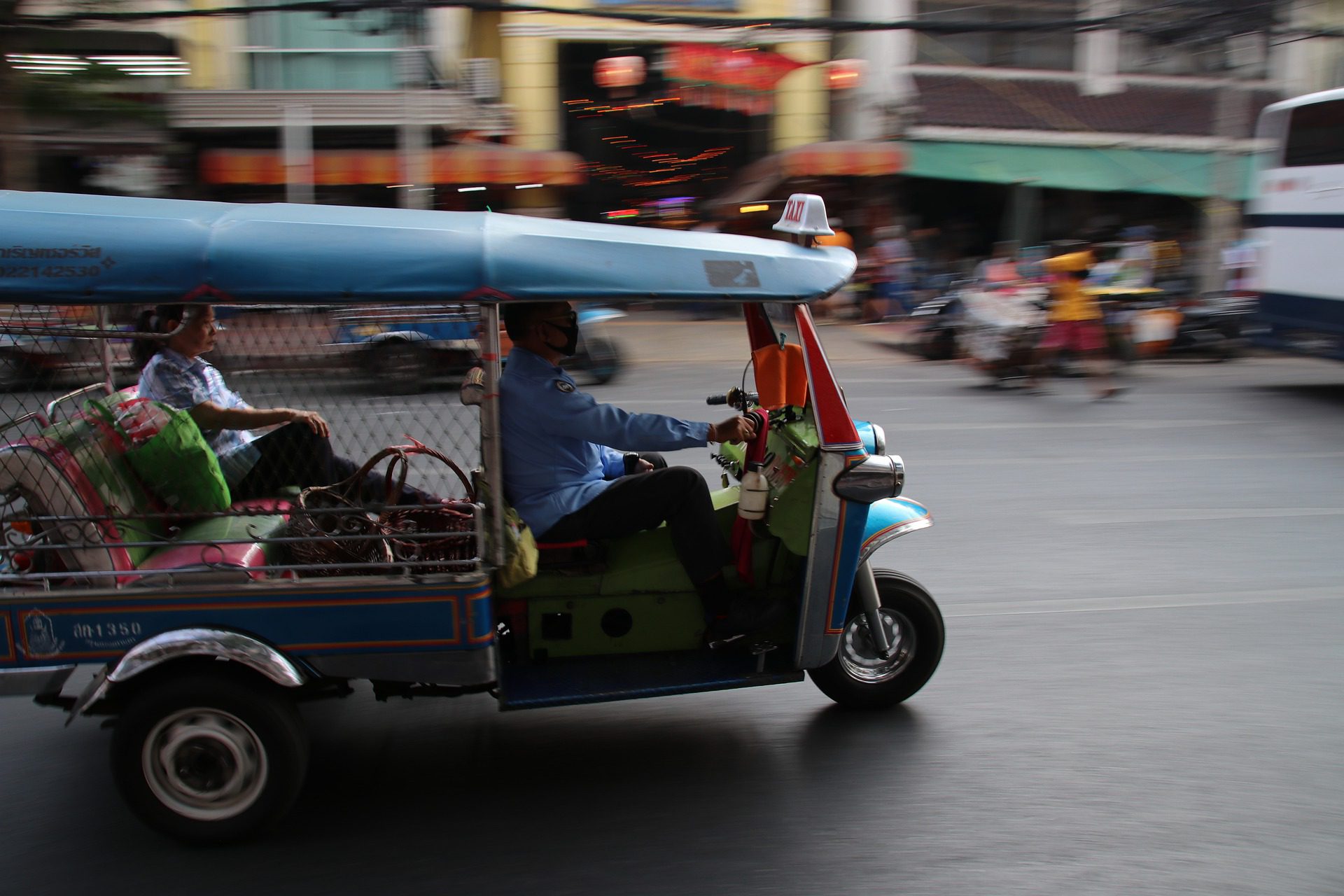
Corruption, Human Trafficking and Human Rights: The Case of Forced Labor and Sexual Exploitation in Thailand
Abstract
Human trafficking is considered to be a serious violation of human rights. Causes that contribute to human trafficking are commonly believed to be related to poverty, globalization and economic disparities among countries. This paper raises corruption as an important factor that not only facilitates but causes and perpetuates trafficking activities. The argument is strengthened through empirical evidence of labor and sex trafficking in Thailand wherein corruption invariably plays a role. In order to foster respect for the fundamental rights and freedom of people, the article seeks to promote greater awareness among all parties involved about the adverse relationship between corruption and human trafficking.
Introduction
Human trafficking is a serious violation of human rights because of the involuntary manner in which trafficked victims are recruited, entrapped, transported and subsequently subjected to the exploitation and abuses inherent in the act (Obokata, 2005; Piper, 2005, p. 209). Data compiled by different international organizations and government agencies suggest that the number of people trafficked each year ranges from approximately 500,000 to 2.5 million persons globally (ILO, 2008; UNODC, 2008; US State, 2008; UNESCO Bangkok, 2009; UNIFEM, 2009). As the fastest-growing and third-largest criminal industry after the arms and drug trade, human trafficking is also believed to be one of the lowest risk and most profitable illegal activities (Hughes, 2000, p. 1; Van Impe, 2000, p. 119; Newman, 2006, p. 5; Siobhan, 2006). According to ILO (2005a), trafficking in people is estimated to generate almost US$ 32 billion annually.
In mere figures, it would be difficult to pinpoint to what degree Thailand fits into this overall picture in view of the fact that the statistics concerning human trafficking are largely unreliable, scattered and unsystematically collected (Salt, 2000, pp. 37-41; Piper, 2005, pp. 203, 215; Zhang & Pineda, 2008, p. 43). Yet, as a major source, transit and destination country for trafficked victims, Thailand has been highlighted in the existing literature as having great significance and being an excellent example with regard to the nature and extent of the problem (Derks, 2000, pp. 16-17; Piper, 2005, p. 204).
When trafficking networks in Thailand are viewed as “business organizations” (Salt & Stein, 1997), it is perhaps easier to understand how they operate and why they continue to expand. This paper targets “corruption” as the fuel that drives the crime, although strong supply and demand forces readily enable the conduct of the business. Linkages between corruption and trafficking become clearer when trafficking is considered an “economic activity” and trafficked victims are perceived as a “commodity” through which the parties involved in the trafficking process are able to make profits (Kyle & Liang, 1998, cited in Salt, 2000, p. 35).
Read more here.
